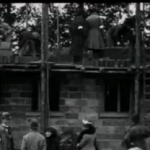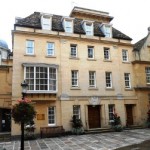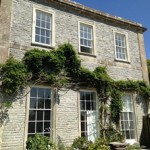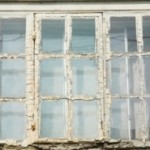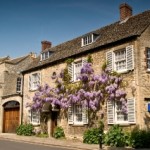
If you’re looking to fund a heritage restoration, the Heritage Lottery Fund is a useful organisation to approach. Here’s some more information about the fund, what grants it offers and how to apply. What is the Heritage Lottery Fund? One of the largest dedicated funders of heritage projects in the UK, the Heritage Lottery Fund provides a range of grants for projects that protect the UK’s heritage using money raised from the proceeds of the National Lottery. With an average of £375million to invest in projects that safeguard history for people and communities each year, the Heritage Lottery Fund has helped to protect some of the nation’s best loved historic … Continue reading





